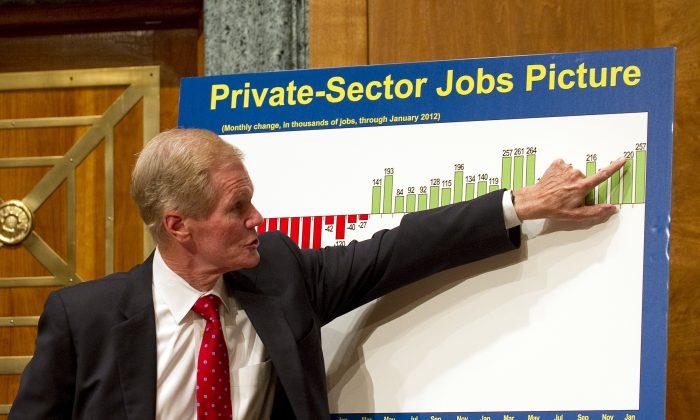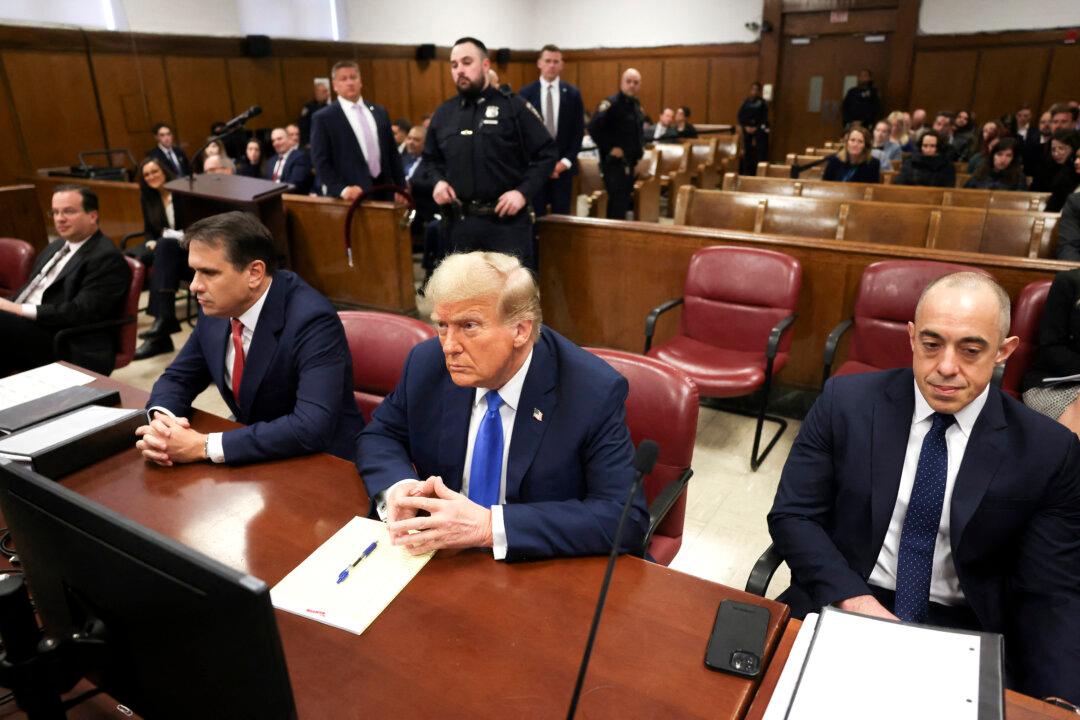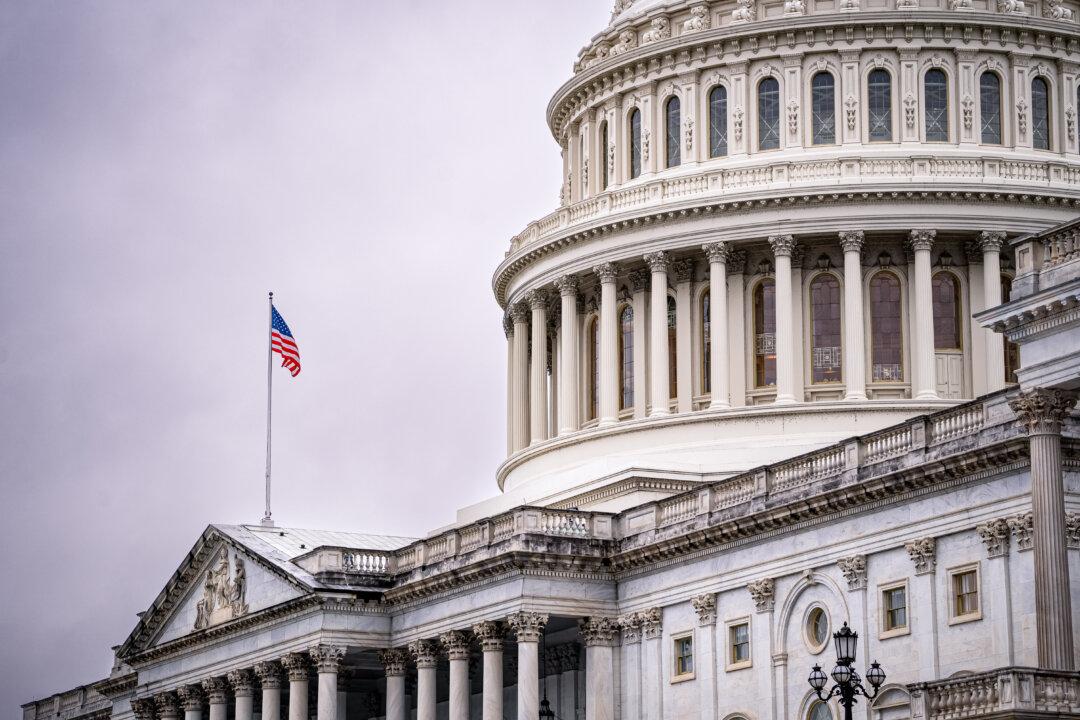Until recently, Democrats had high hopes that changes in registered voters in the battleground state of Florida would work in their favor for the upcoming midterm elections. The latest and final numbers show the Democrat position has not strengthened and may even have weakened slightly.
The second race is for governor. The Aug. 28 primaries for both parties will decide their nominees for governor. Right now, Republican Rep. Ron DeSantis has a commanding double-digit lead; on the Democrat side, former Rep. Gwen Graham appears to be the favorite. Polling of a Graham-DeSantis race shows her with a three- to four-point lead.
The possible flipping of a Democratic Senate seat to the Republicans, as well as a highly competitive contest for governor, was not what Democrats hoping for a “blue wave” election had envisioned. They had counted on increased registration by Democrats, particularly among millennials and Hispanics, to tilt Florida’s elections decisively their way.
Democrats had believed that Hurricane Maria would bring Puerto Ricans to Florida and into the Democrat voter rolls. According to Politico, the Hispanic proportion of registered Democrat voters increased only one percentage point to 17 percent, from 16 percent. At the same time, however, the percentage of black voters decreased by 1 percent.
The overall voter rolls show Democrats declining by two points, while Republicans registration remained steady.





Friends Read Free